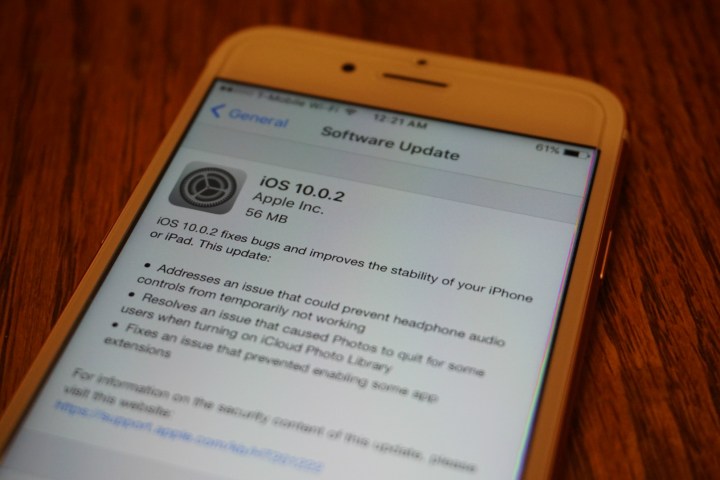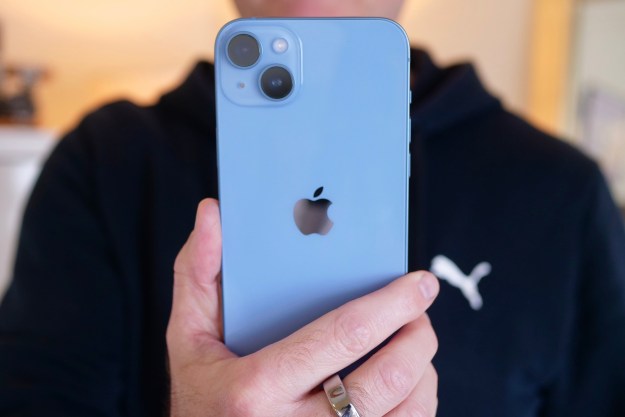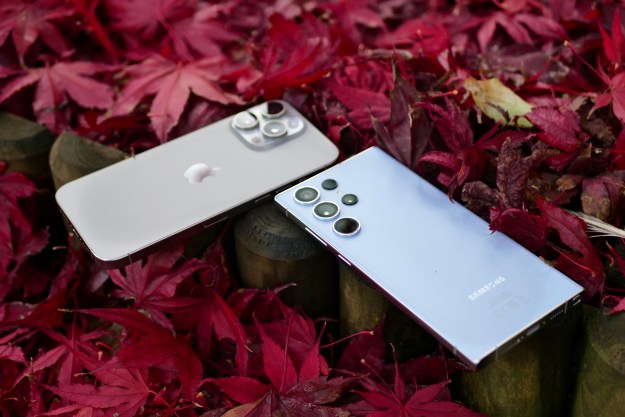
Since we are dealing with a minor update, do not expect anything more than bug squashing. Even so, the highlight appears to be a fix to an issue that early iPhone 7 and 7 Plus adopters might have encountered — Lightning headphone audio controls temporarily not working. The issue cropped up after users stopped using their Lightning-connected headphones or earbuds for a period of time. Enough users were affected by the bug that an Apple representative confirmed a fix was in the works, so it is good to see the fix being issued so soon after the bug was acknowledged.
The update also resolved an issue that caused the Photos app to quit for some users after turning on iCloud Photo Library. Finally, along with improving the stability of iOS 10, Apple also squashed a bug that prevented some app extensions from being enabled.
As has been the norm with major updates, iOS 10 already caused more than a few growing pains. For one, the update disconnected iPhone SE, 6, and 6 Plus users from T-Mobile’s network, though Apple released a patch that same day for the connectivity issue. Furthermore, there was a flaw that bricked people’s iPhones and iPads, though Apple applied a fix on its end. Even so, updating through iTunes was the safer method at the time, with users needing to use iTunes in order to unbrick their devices if they were one of the unlucky ones.
Even with the early issues, however, we found plenty to like in iOS 10, with features like 3D Touch, Siri, and even the lockscreen made more useful and smarter than before. As such, we highly recommend downloading iOS 10, so long as you have a compatible device.
Editors' Recommendations
- Here’s how Apple could change your iPhone forever
- When will Apple release iOS 18? Here’s what we know
- This is our best look yet at the iPhone 16’s big design changes
- This could be our first look at iOS 18’s huge redesign
- Everything Apple says is wrong about the DOJ’s iPhone lawsuit


